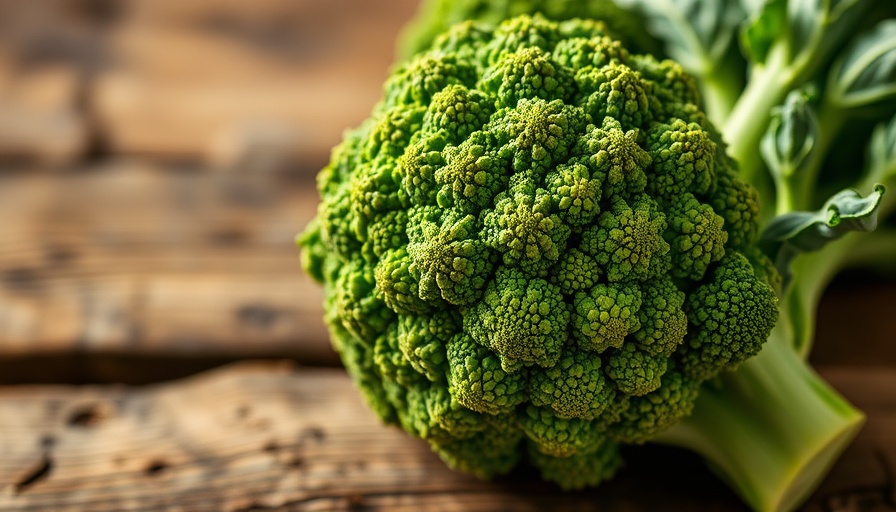
Unlocking Nature's Miracles: The Art of Pollinator Photography
As gardening enthusiasts, we understand that a healthy garden is a symbiotic relationship between plants and their pollinators. Photographers like Caroline Jensen reveal the beauty of this relationship through her stunning images of pollinators interacting with flowers. Pollinator photography not only showcases nature's wonders but also emphasizes the critical role these insects play in maintaining biodiversity and food systems.
Why Pollinator Photography Matters
Capturing pollinators at work can be challenging, yet the rewards are immeasurable. These images can aid in pollination studies and heighten awareness about the impact of gardening practices on insect populations. For instance, in her work, Caroline has developed dedicated pollinator habitats, which serve as both a photography backdrop and a sanctuary for these crucial species.
Setting the Stage: Choosing the Right Environment
When photographing pollinators, understanding your environment is paramount. As hinted by experts like Hannah Mather, successful photography often requires spending time observing insect behavior before shooting. Recognizing which plants attract specific pollinators can enhance your chances of capturing the perfect moment.
Essential Gear for Capturing Pollinators
Equipping yourself with the right tools makes all the difference. Two renowned photographers, Caroline and Heather Angel, emphasize the importance of high-quality lenses, like the Sony 90mm Macro G lens for close-ups or the Sony Alpha 7R V for shooting in action. Attention to detail in your setup—such as using a shallow depth of field or appropriate lighting—can elevate your images significantly.
Practical Tips for Successful Pollinator Shots
1. **Observe Behavior**: Knowing when and where pollinators feed helps you position yourself for the best angle and lighting.
2. **Utilize the Right Settings**: High shutter speeds are essential to freezing those swift movements. Caroline recommends at least 1/2000 second when shooting insects in action.
3. **Leverage Natural Light**: Pay attention to the sun's position. Soft light can reduce harsh shadows, while strategic use of flash can emphasize details without startling your subjects.
Investing Time for Beautiful Results
As we delve deeper into the art of capturing pollinators, we learn that patience is vital. Outdoor photography, particularly when it comes to insects, requires a connection to the subject—both in understanding their habits and developing a love for the garden environment. Spending repetitive time at your shooting location, just as Caroline suggests, helps familiarize you with the best practices for photographing these magnificent creatures.
Furthering the Cause: Pollinator Awareness
Photographs have a profound ability to inspire. By sharing compelling images of pollinators, we not only celebrate their beauty but also provoke thought on our gardening practices. Are we creating environments that enhance their habitats? Organic gardening methods, such as incorporating native plants and reducing pesticide use, can make our gardens friendlier for pollinators.
Join the Journey of Pollinator Photography
As you venture into your own gardening pursuits, consider the role you can play in supporting pollinators while honing your skills as a photographer. Capture the delightful interactions between plants and insects, and use your imagery to advocate for healthier gardening practices. Let the joy of gardening propel you toward creating beauty, both in nature and in your photography.
Now that you're inspired to explore pollinator photography, why not take actionable steps this spring? Reflect upon your gardening practices, learn about the plants that attract bees and butterflies, and share your findings with your gardening community. It's time to elevate your backyard to a haven for both pollinators and your creative photography journey!
 Add Row
Add Row  Add
Add 


Write A Comment